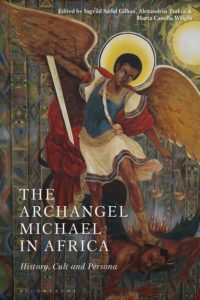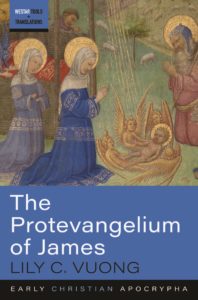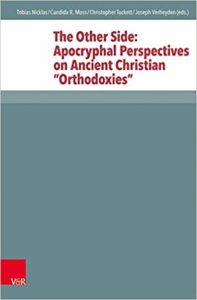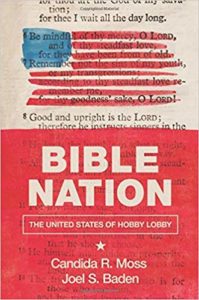Christian Apocrypha Books to Look for at 2019 SBL
One of the highlights of the SBL Annual Meeting is the publishers exhibition. As you make your way from one booth to another, keep an eye out for these new books dealing with apocryphal texts and contexts. If there is a book missing in the lists, please pass along the details.
Additions to the list:
Bloomsbury
Chris Keith, Helen K. Bond, and Jens Schröter, eds. The Reception of Jesus in the First Three Centuries. 3 vols.
SBL Press
Janet E. Spittler, ed. The Narrative Self in Early Christianity: Essays in Honor of Judith Perkins. WGRWSup 15.
_______________________________
Baylor
Philip Esler. Ethiopian Christianity: History, Theology, Practice.
Matthew Crawford and Nicola J. Zola, eds. The Gospel of Tatian: Exploring the Nature and Text of the Diatessaron. Bloomsbury, 2019.
Ingvild Saelid Gilhus, Alexandros Tsakos, and Marta Camilla Wright. The Archangel Michael in Africa: History, Cult and Persona.
Brepols
E. Créghur, J. C. Dias Chaves, and S. Johnston, eds. Christianisme des Origines: Mélanges en l’honneur du Professeur Paul-Hubert Poirier.
Brill
David Bertaina, ed. Heirs of the Apostles: Studies on Arabic Christianity. Studies on Arabic Christianity in Honor of Sidney H. Griffith.
David Hamidovic, Claire Clivaz, and Sarah Bowen Savant, eds. Ancient Manuscripts in Digital Culture: Visualisation, Data Mining, Communication.
Edmondo F. Lupieri, ed. Mary Magdalene from the New Testament to the New Age and Beyond.
Einar Thomassen and Christoph Markschies, eds. Valentinianism: New Studies.
Lorne Zelyck. The Egerton Gospel (Egerton Papyrus 2 + Papyrus Köln VI 255): Introduction, Critical Edition, …




